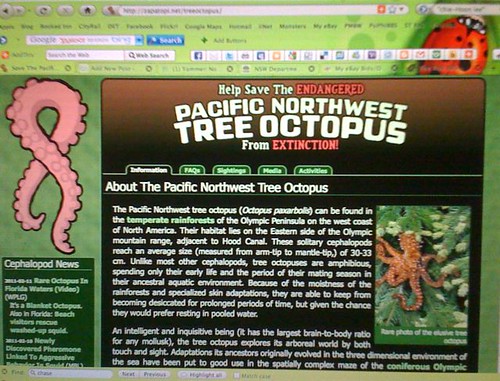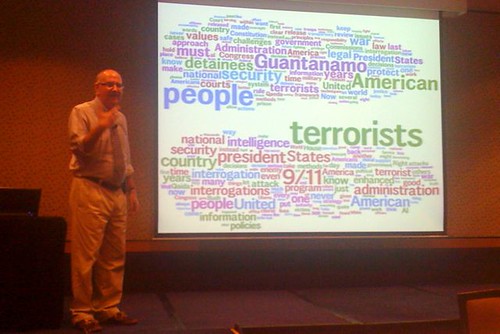On nswtl listserv this week, some teacher librarians raised the question of “Creative Commons” sections of photo gallery sites, such as Flickr and Google Images, and how they are usually blocked to our students by the DEC firewall because there’s simply no way to police the images and ensure that students won’t be exposed to unsavoury images during a lesson. I’d already been milling some ideas in my head and thought I’d transfer them to here as well.
It’s important to keep child protection in mind with ICT. Parents will not tolerate students discovering inappropriate digital images during lesson time, and an open search through Creative Commons may well bring that situation to a head. And too often. My interpretation of “responsible downloading” of images in the K-6 environment is: I use Flickr and Google Image sites with K-6 students to model the search on the IWB, or to a small group clustered around a monitor screen, and we search under my teacher-level username and password. Preferably, I test the searches beforehand.
Even then, I once had a class of Stage 1s discover, during an innocent (and pre-tested) image search on “cats”, an unexpected photograph of a startled cat pencil-sharper, with a pencil in its bottom. It caused great hilarity on the day, but it was a reminder that even a well-rehearsed search can go wrong – because new images are added to Flickr and Google Images every minute of the day. And my search-gone-wrong could have been so much worse.
Guided Inquiry (ie. Ross J Todd & Carol Kuhlthau) would say that any assignment which leaves students no option but to breach copyright is a poorly developed assignment in the first place. Not too much deep knowledge will be evident in a student’s supposedly-original production that features only cut ‘n’ paste text from websites and/or stolen, uncredited images from Google. The situation really isn’t that different since hideous “projects on cardboard” were invented way back in the 60s? (Earlier?) In those days, students used to cut images out of the school’s encyclopedias – and then photocopiers were invented and suddenly students were able to colour over b/w images they stole and somehow make it all better.
If the research question is designed correctly, it can’t be answered by stock text and images. The researched material also needs to be marked and approved by the teacher before final products are created, by which time any plagiarism opportunities should have been eliminated or made redundant (or avoided in the first place).
The students who tend to use the Internet responsibly aren’t likely to plagiarise unless their assignments stymie them into doing so. I’m deep into Guided Inquiry with Stages 2 and 3 at the moment and, as their storyboards and oral presentations take shape, there won’t be anyone feeling the need to steal other people’s information. If anyone does decide they need a particular existing image, then we’ll do a modelled search and find the right one in Creative Commons – under my username and password.
It’s hard going, but it’s working! Guided Inquiry Endangered animals (Stage 3 science & technology).




